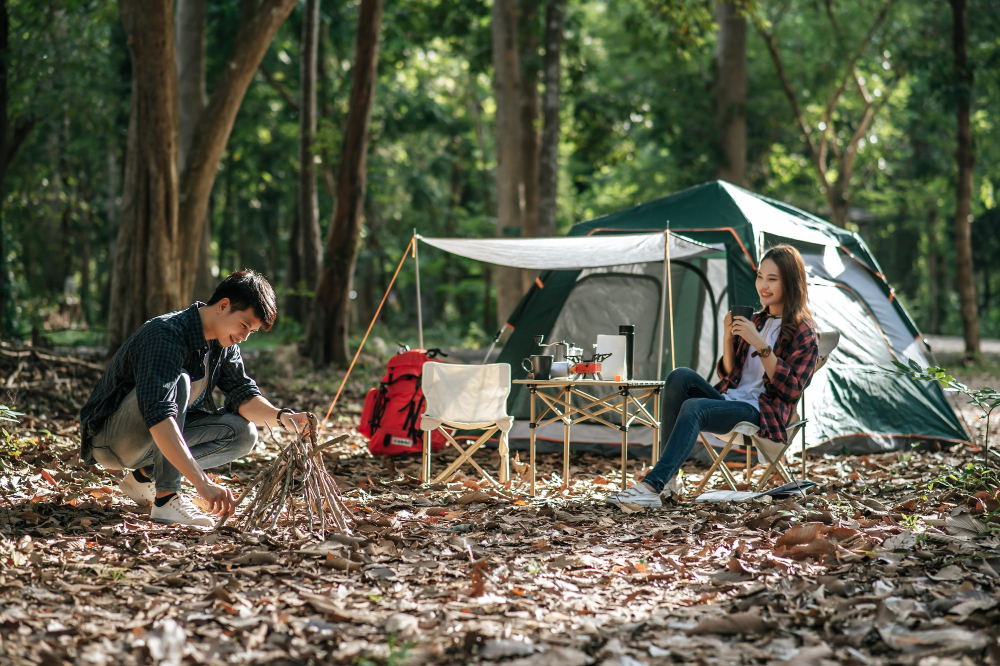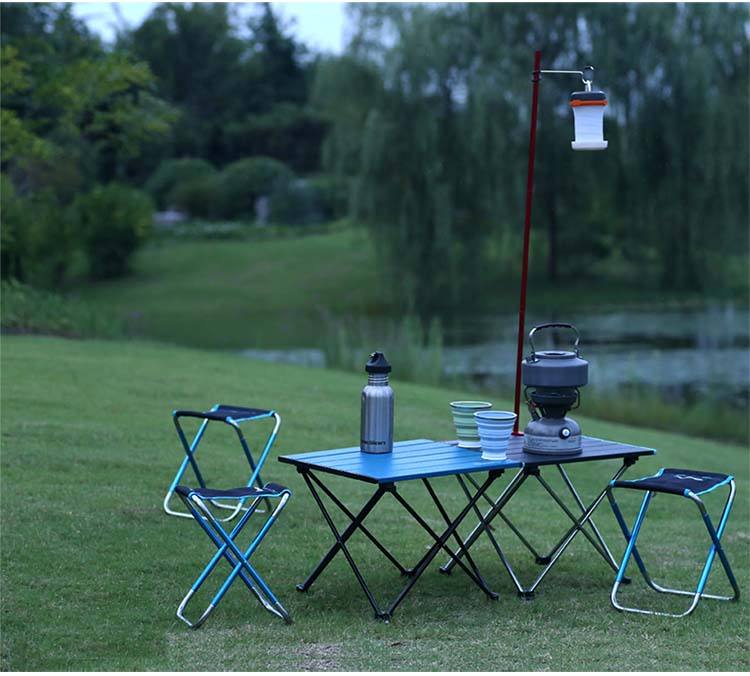News Center+ 查看更多
News Center
+ 查看更多
A Guide to Material Comparisons+ 查看更多
A Guide to Material Comparisons
+ 查看更多
Date:2023-06-12
Introduction
When it comes to camping equipment,
fabric selection plays a crucial role
in determining the durability, comfort, and overall performance of the gear.
Whether you're choosing a tent, sleeping bag, or backpack, understanding the key points
to consider in fabric selection is essential.
This article aims to provide valuable insights into the factors
to keep in mind when comparing camping gear materials.

Durability
Durability is paramount when selecting fabric for camping gear.
The fabric should be able to withstand the rigors of outdoor activities,
including abrasion, exposure to sunlight, and harsh weather conditions.
Look for fabrics that are tear-resistant and have high tensile strength.
Nylon and polyester are popular choices
due to their excellent durability and resistance to wear and tear.

Water Resistance
Camping often involves exposure to rain, dew, and wet conditions.
Opting for water-resistant or waterproof fabrics
is crucial to ensure a comfortable camping experience.
Fabrics treated with durable water repellents (DWR)
can effectively repel moisture and prevent water from seeping through.
Look for gear with a high hydrostatic head rating,
which indicates its ability to withstand water pressure.
Coated or laminated fabrics, such as polyurethane (PU) or polyvinyl chloride (PVC) coated nylon,
are commonly used for waterproof camping gear.

Breathability
While water resistance is important,
breathability is equally crucial to prevent condensation and maintain comfort.
Fabrics that allow moisture to escape can prevent the buildup
of sweat and humidity inside camping gear.
Look for breathable materials such as
ripstop nylon or polyester blends with moisture-wicking properties.
Additionally, mesh panels or vents in tents and sleeping bags
can enhance airflow and improve breathability.

Weight and Packability
When camping, every ounce matters,
especially if you plan to carry your gear over long distances.
Lightweight and packable fabrics can
significantly reduce the weight and bulk of your camping equipment.
Materials like silnylon (silicone-coated nylon) or cuben fiber (a lightweight, high-performance fabric)
are excellent choices for ultralight camping gear.
Consider the trade-off between weight and durability
based on your specific camping needs.

Insulation and Temperature Regulation
Camping often involves exposure to varying temperatures,
making insulation and temperature regulation important considerations.
Fabrics with good thermal properties can help retain body
heat in sleeping bags or provide insulation in clothing.
Look for materials like down or synthetic insulation,
as well as fabrics with reflective coatings or technologies
that help regulate temperature.

UV Resistance
Exposure to ultraviolet (UV) radiation
can cause fabric degradation and weaken its performance over time.
UV-resistant fabrics are essential for camping gear, particularly tents,
which are often exposed to direct sunlight for extended periods.
Seek fabrics with UV protection coatings or additives
that can shield against harmful UV rays,
ensuring the longevity of your camping equipment.

Conclusion
Choosing the right fabric for your camping gear
is crucial for a comfortable and enjoyable outdoor experience.
By considering factors such as
durability, water resistance, breathability, weight, insulation, UV resistance, and packability,
you can make informed decisions when comparing different materials.
Remember to prioritize your specific camping needs and strike a balance between
performance, durability, and weight to enhance your overall camping experience.

Happy camping!

